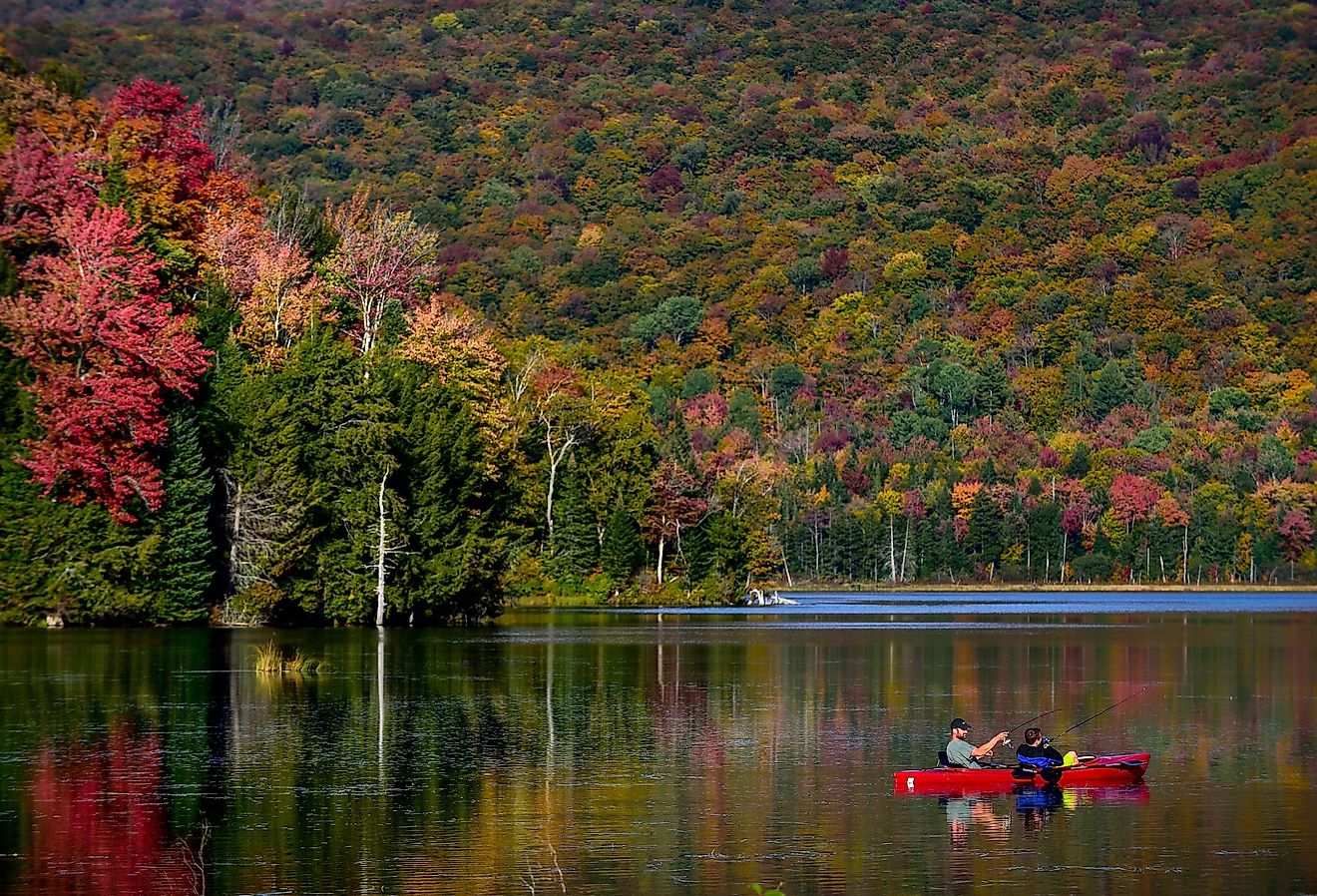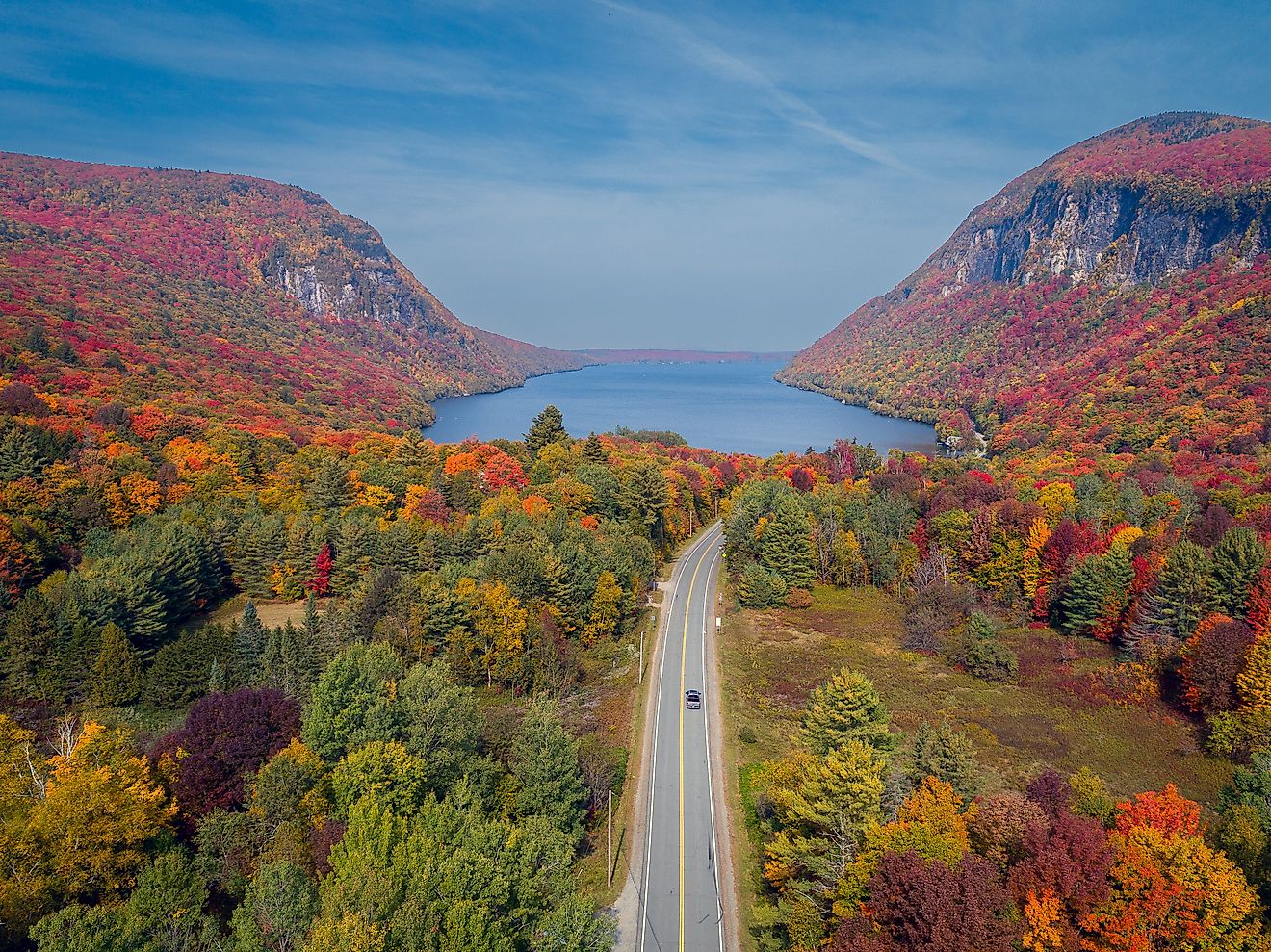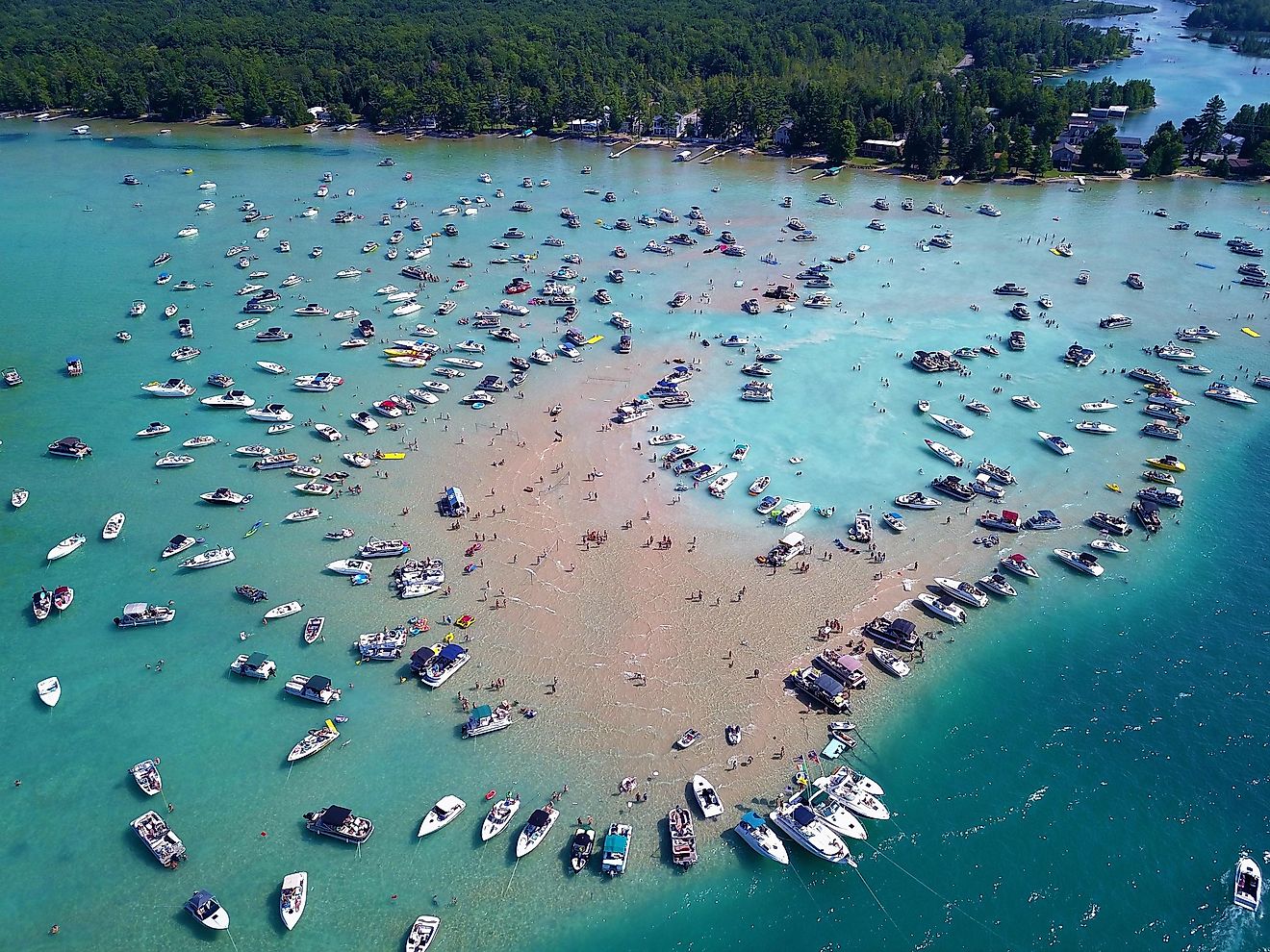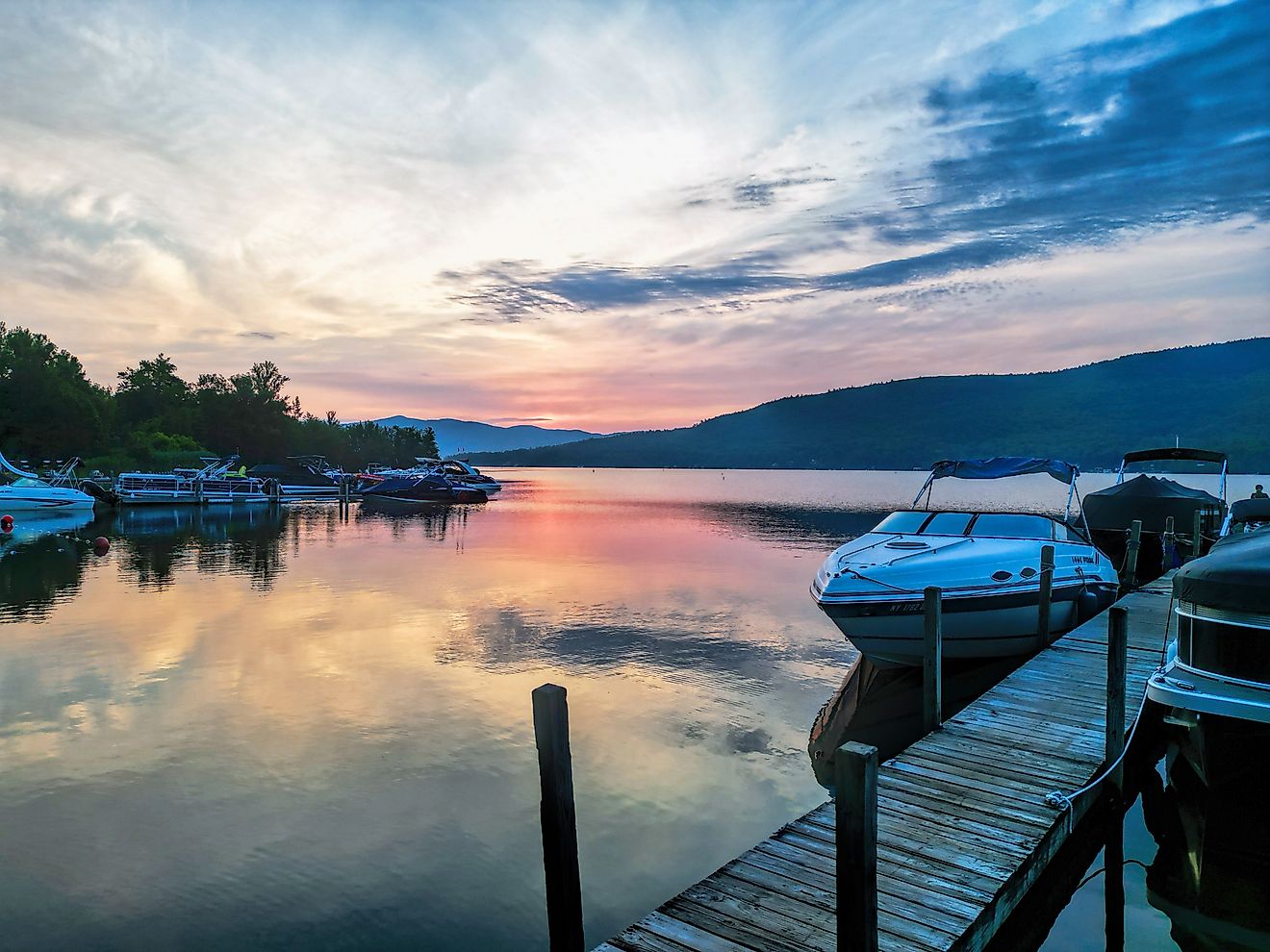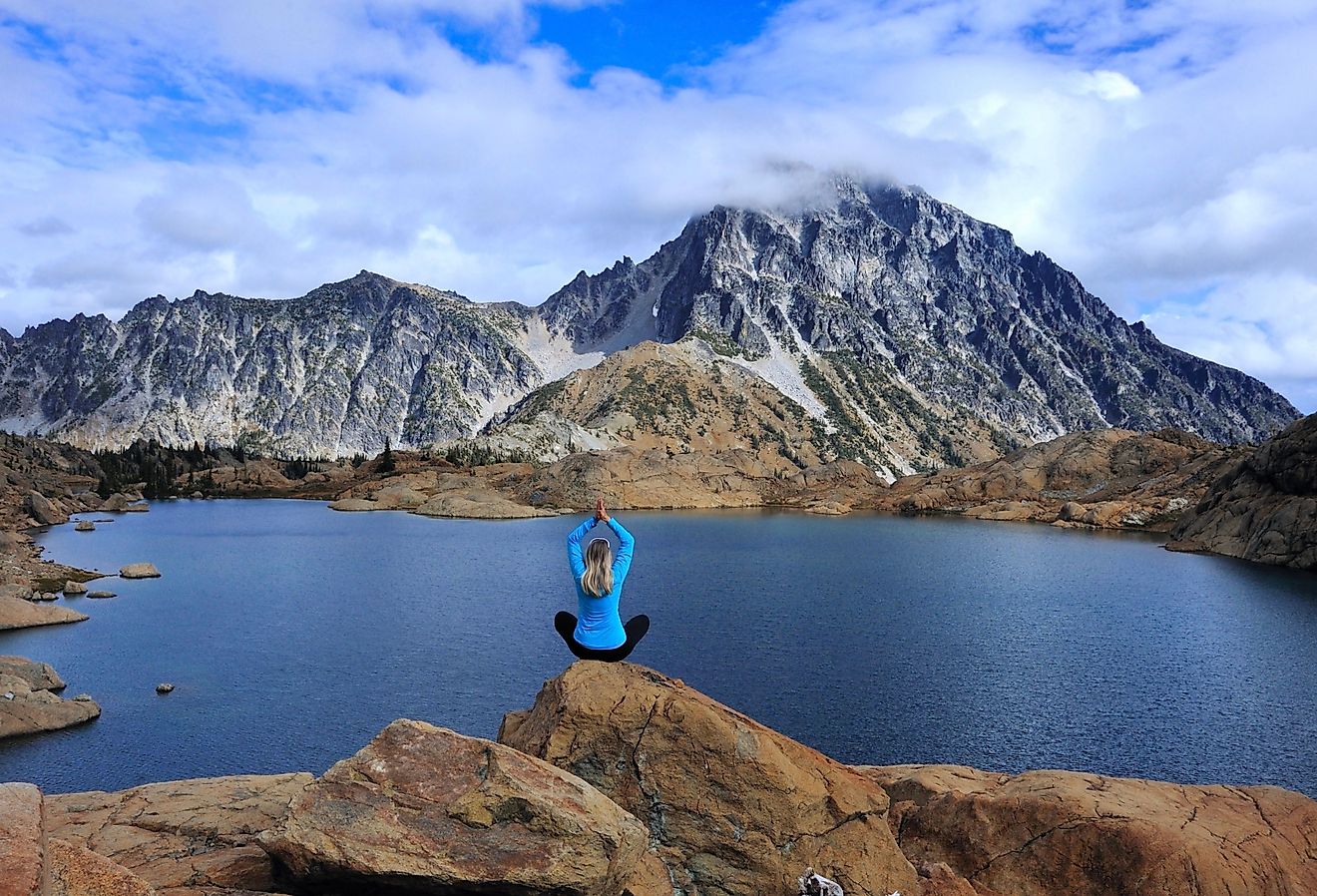
Gulf of Lion
The Gulf of Lion, or Gulf of Lions, is a vast semi-circular bay in the Mediterranean Sea that extends along the southern French coast from Cap de Creus in Spain to Toulon. The bay borders the Ligurian Sea in the east and the Balearic Sea in the southwest. It stretches over a surface of 15,000 square meters, and its coastline boasts Pyrenees spurs, the Rhône River delta, and several limestone hills. The gulf occupies an area of 250 kilometers from west to east, and 150 kilometers from north to south.
Where Is The Gulf Of Lion?

The Gulf of Lion lies between southern France and north-eastern Spain in western Europe. The main port on the gulf is Marseille, while Toulon is another important port. Several large rivers empty into the gulf, namely the Orb, Aude, Vidourle, Rhône, Têt, Tech, and Hérault. The Gulf of Fos and the Bay of Marseille form part of the Gulf of Lion.
Climate Of The Gulf Of Lion

Two dry, cold winds blow throughout the Gulf of Lion: the Mistral and the Tramontana. The Mistral wind blows from the northern region along the lower area of the Rhône River Valley. From here, the wind blows towards the Mediterranean Sea and gusts over the waves at a speed of around 100km per hour.
The Tramontana wind speeds between the Pyrenees and the Massif Central. Both the Mistral and Tramontana winds blow for days on end, sometimes lasting an entire week at a time. These violent winds are caused by high-pressure areas in France that move along to the low-pressure areas of the Genoa Gulf.
The winds cool the sea’s surface, which causes the water to increase in density. The denser water sinks lower, which results in deep water formation known as Western Mediterranean Deep Water or WMDW. The Gulf of Lion experiences deep water formation nearly every winter through the processes of shelf water cascading and open-sea deep convection.
The sea surface temperature changes occur in the Gulf of Lion as well as the Strait of Bonifacio, where the wind squeezes through the mountains on the island. This leads to decreased sea surface temperatures in the east.
On land, the Mediterranean climate rules. It extends over the coastal regions and affects the Rhône River as well as the southern Apls, the eastern Pyrenees, the Cevennes, and the Noire Mountains located in Massif Central.
During the winter, the average temperature is around 47 degrees Fahrenheit, with only a few frosty days. Heavy rainfall occurs in the area during fall and spring, while the summer months are nearly completely dry.
Gulf Of Lion Marine Life

The Gulf of Lion is a biogeographic entity and is rich in marine life, even though the area is prone to overfishing. The gulf hosts the largest number of bottlenose dolphins along this particular coast. A two-year-long study revealed that the gulf held at least 834 bottlenose dolphins. Around 650 of them live in the gulf throughout the year where they breed and take care of their young.
The gulf is also home to a quarter of all marine species found in the Mediterranean Sea and along the coastline. These species include striped dolphins, fin whales, Mediterranean shearwater, Balearic shearwater, black-footed terns, Audouin’s gulls, and Atlantic gannets.
Moreover, filter feeders, scavengers, detritivores, hunters, and suspensivores make the marine waters their home.
History Of The Gulf Of Lion

The Gulf of Lion formed during the opening of the Mediterranean Sea. The gulf, as well as the Ligurian basin, opened during the end of Oligocene to the Miocene epochs. The basin is of the back-arc variety and the opening was driven by the rollback of the Ionian slab. The Gulf of Lion received its name during the 13th century and may have come from a comparison with a lion. Experts think that the gulf was named for the stormy winds that would have threatened the boats during that time.
Conclusion
Today, the Gulf of Lion supports fisheries including pelagic and bottom trawls, as well as gill nets and longlines. This is mainly because the bay is an important region for pelagic and demersal species to spawn. The gulf is still exploited by fishing boats from both France and Spain, with the main area being exploited covering the entire continental shelf, from the coastline to the 200-meters isobath.



